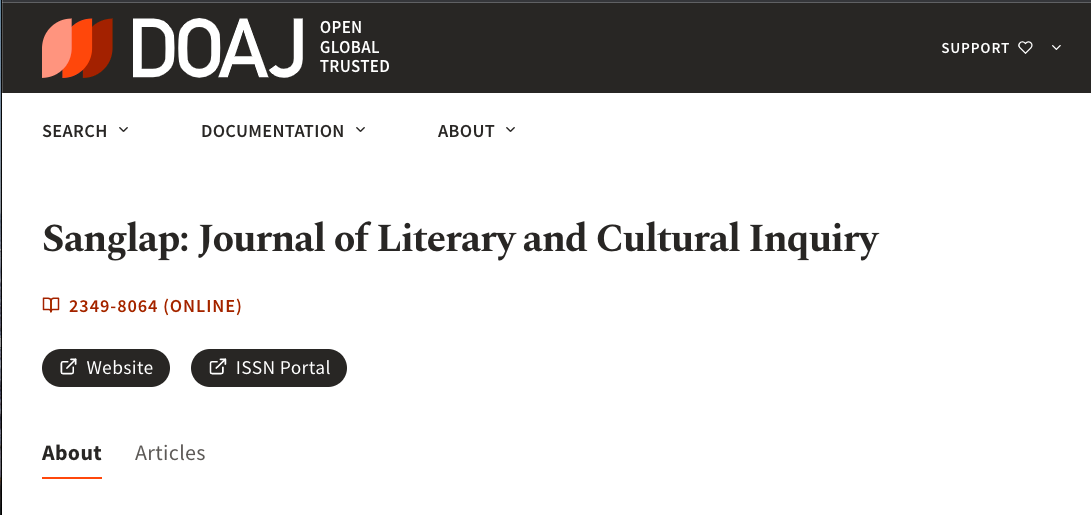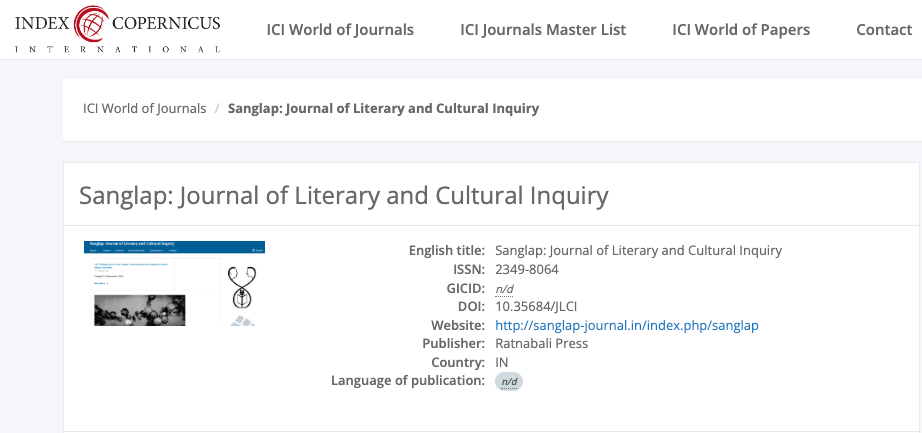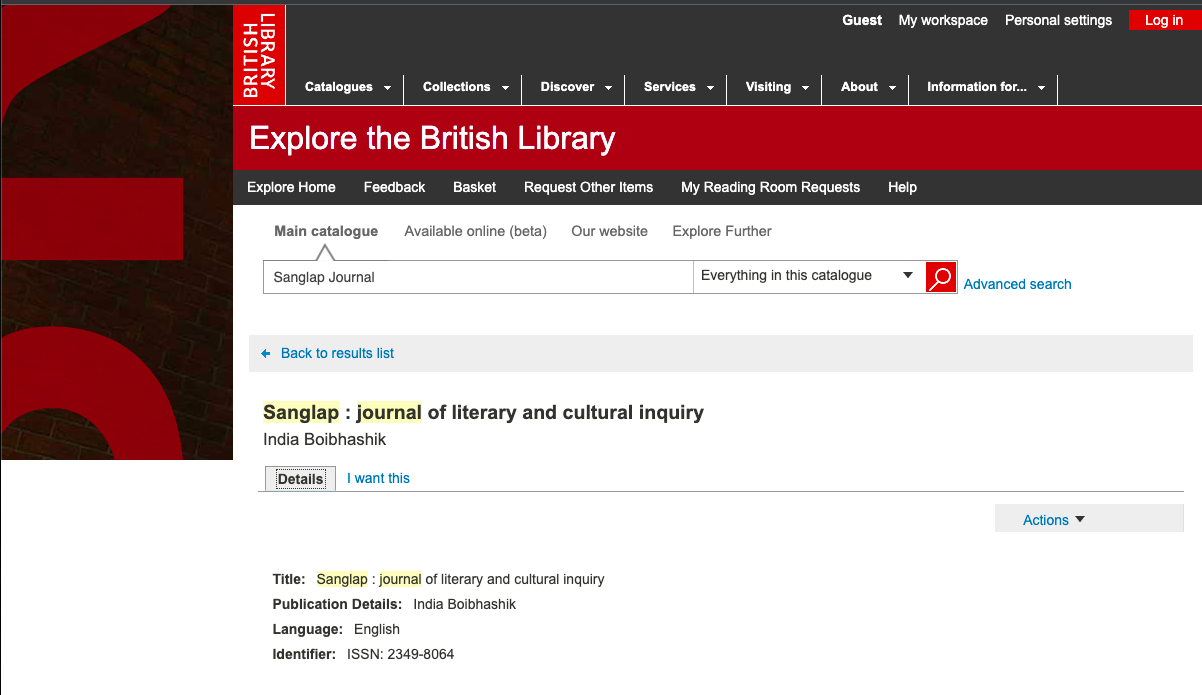Possible and Possibilities:
The Aesthetics of Speculation in Ishiguro’s Never Let Me Go
Keywords:
Speculation, genre, aesthetic, vocabulary, performativeAbstract
Kazuo Ishiguro's Never Let Me Go can easily be categorised as speculative fiction, both within the framework of Atwood's controversial definition, and under the looser rubric which encompasses many genres that stretch and exceed the limits of 'reality'. In this article, I explore how speculation lies at the heart of this novel, not merely because of the hypothetical world in which the narrative unfolds, or the curiosity and ethical confusion that the novel provokes, but also because speculation seeps into the very texture of the novel as the characters—a community of individual clones—constantly reflect on their own fate. This paper seeks to comment on how an aesthetic of speculation is at work throughout the novel, and how this derives from, but is not entirely determined by the diverse genres (such as science fiction, life writing, teen romance) that the novel draws upon. In my analysis, I wish to look at specific elements like the community's initially opaque, personalised vocabulary; and the performative aspect of their lives, which I relate to their speculative condition. I will also discuss other works by Ishiguro, and a few texts built around the theme of cloning, in order to tease out the elusive status of Ishiguro's novel when set against his oeuvre and comparable speculative fiction/SF.











